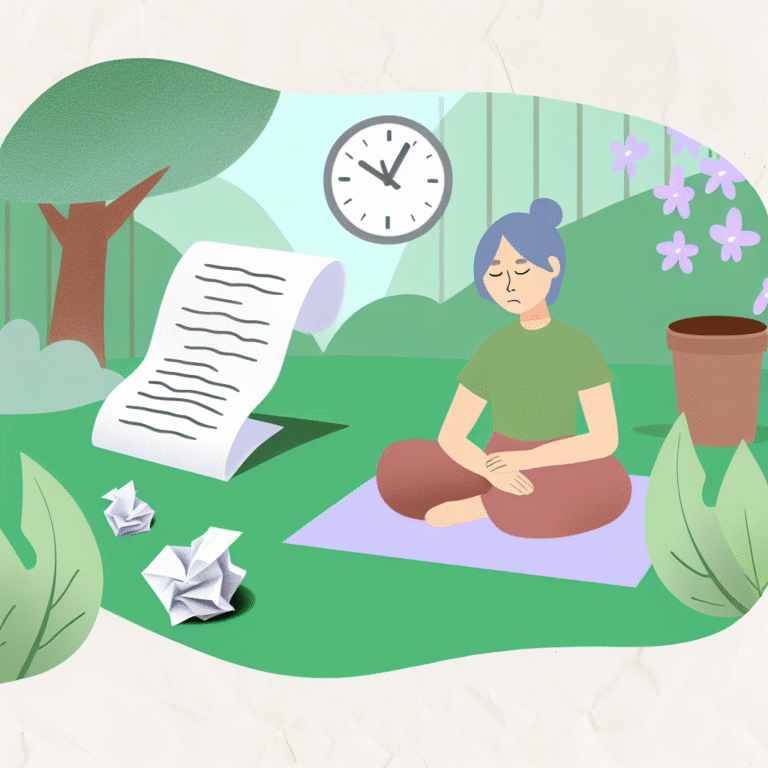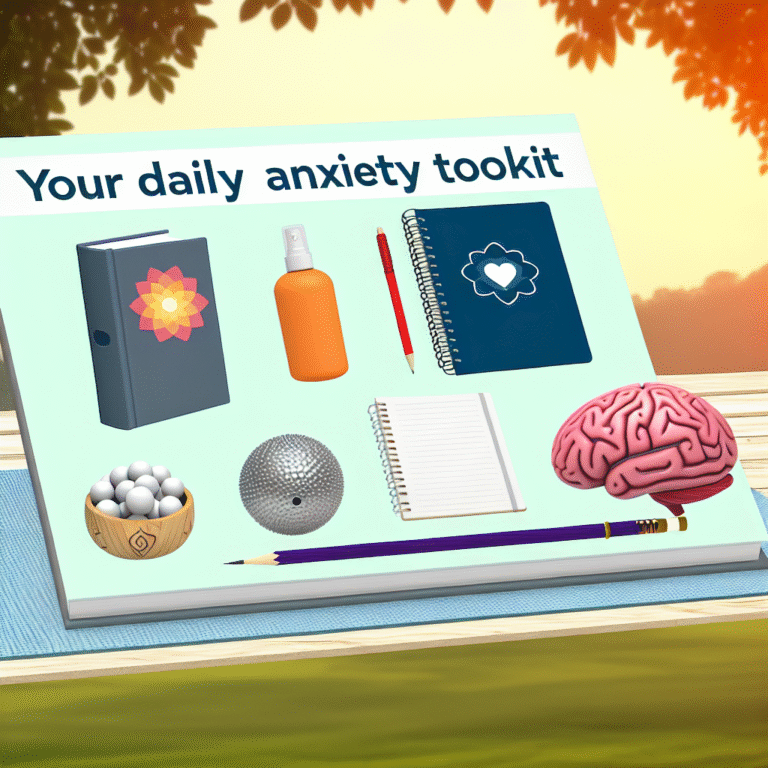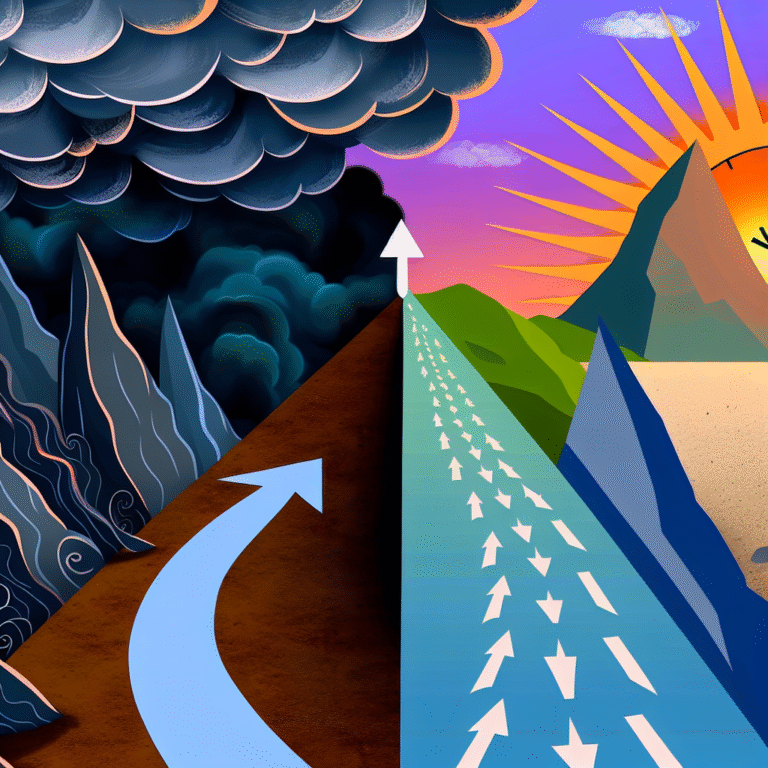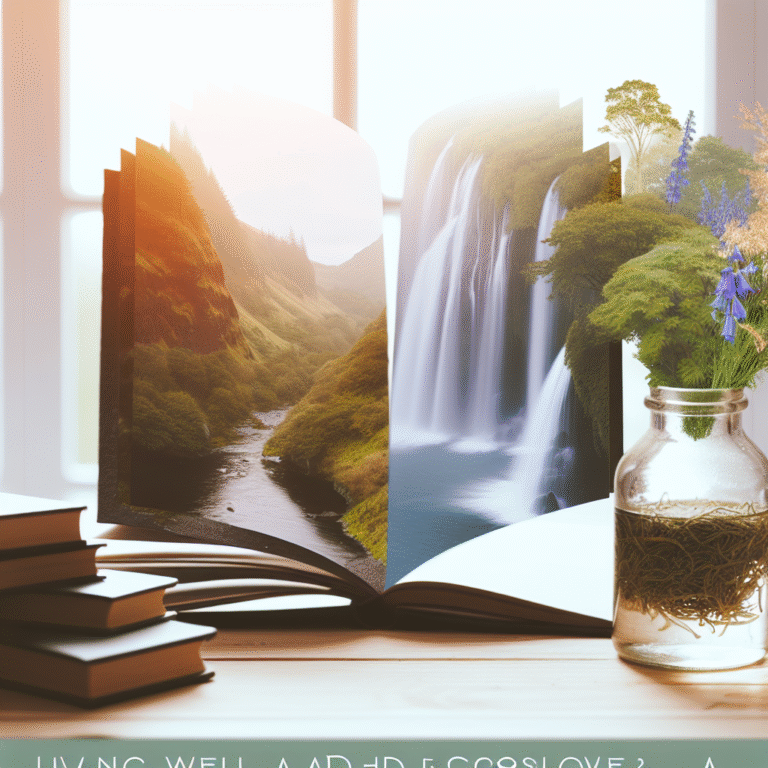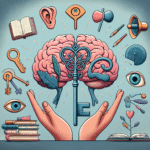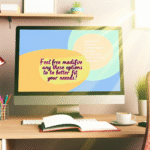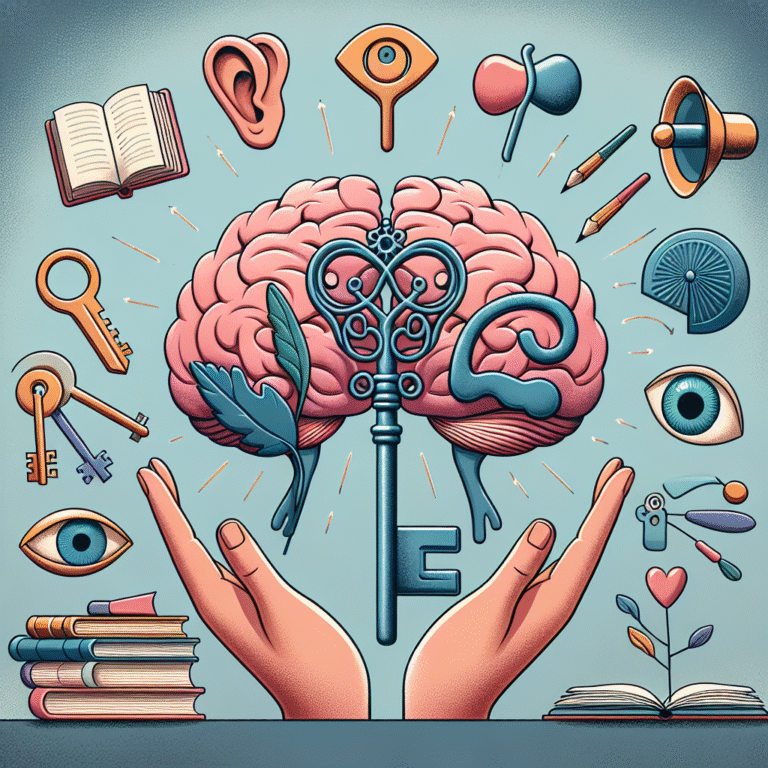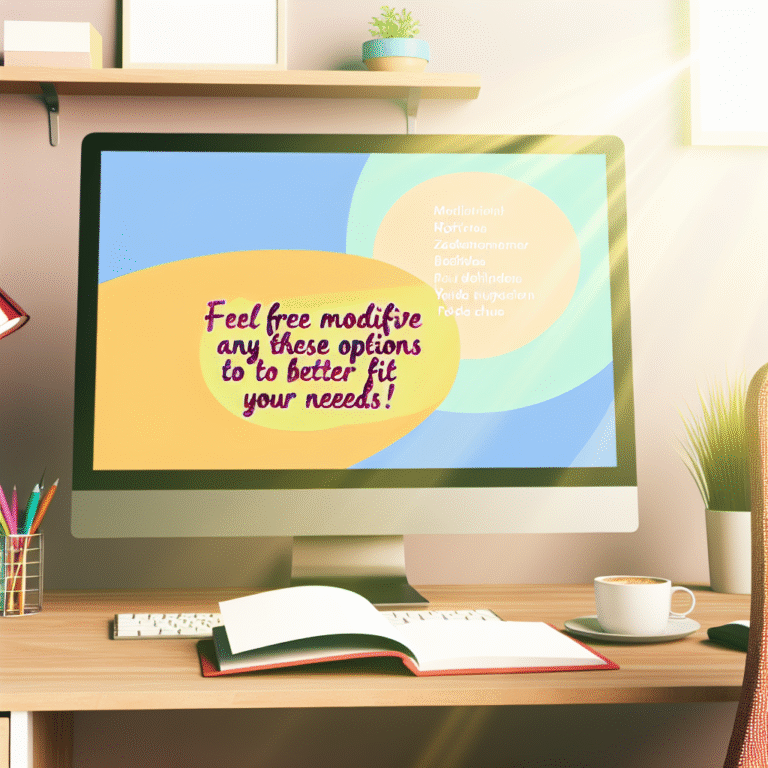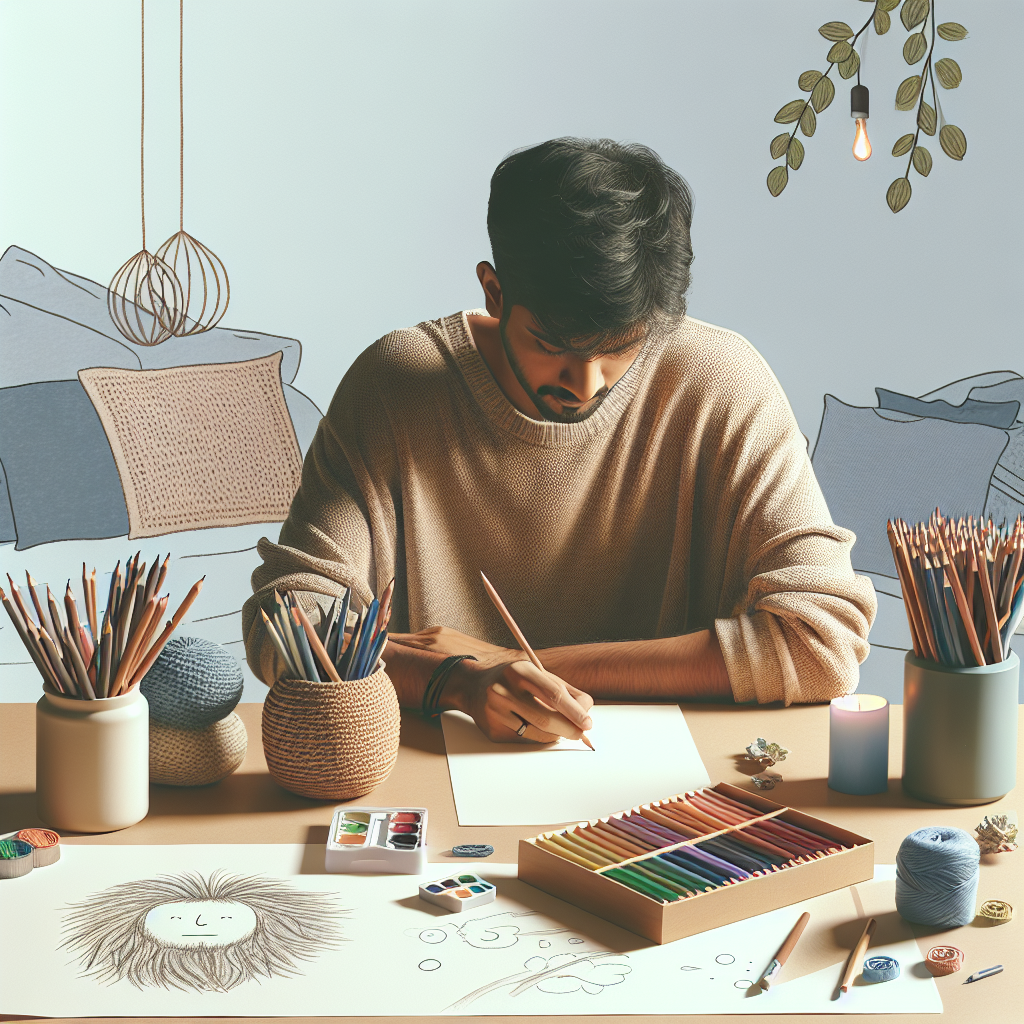
Creating Calm: Essential Art Therapy Activities to Soothe Anxiety
Introduction: The Power of Creativity in Troubling Times
In today’s fast-paced world, anxiety has become an unwelcome companion for many of us. Whether it’s stress from work, personal challenges, or just the overwhelming tide of information, anxiety can create a complicated emotional landscape. But in the midst of these troubling feelings lies a simple yet profound tool: art therapy. The focus of this article, Creating Calm: Simple Art Therapy Activities to Soothe Anxiety, explores how engaging in art can provide a sanctuary for your mind, offering a soothing refuge from anxiety’s grasp.
Art therapy allows individuals to express their feelings through creativity, providing a non-verbal outlet that often leads to emotional relief. In this article, we will delve into various art therapy activities designed to foster calm and help alleviate anxiety, enriched with real-world examples and insightful analyses.
Understanding Art Therapy: A Brief Overview
What is Art Therapy?
Art therapy combines the therapeutic effects of art with the principles of psychology, guiding individuals to explore their feelings and thoughts through creative expression. According to the American Art Therapy Association, utilizing visual art can elicit emotional responses that words sometimes cannot express, making it an invaluable resource for those facing anxiety.
The Science Behind Art Therapy and Anxiety
Research has shown that art therapy can reduce anxiety levels and improve overall mental health. A study published in the Journal of the American Art Therapy Association found that participants engaging in art therapy for just 45 minutes reported a significant decrease in anxiety levels. This is attributed to the release of dopamine and the meditative state that creative activities can induce. Participants described feeling calmer and more centered after creating art.
Creating Calm: Simple Art Therapy Activities to Soothe Anxiety
1. Mandala Making: Circle of Serenity
Activity Overview
Creating mandalas involves drawing concentric circles, often filled with intricate patterns and shapes. This activity promotes relaxation and mindfulness.
Real-World Case Study
Sophia, a 32-year-old marketing executive, struggled with anxiety due to work pressure. She began incorporating mandala-making into her routine. After just a few weeks, she reported feeling more grounded and focused. The repetitive nature of the activity allowed her mind to wander, breaking the cycle of anxious thoughts.
Benefits of Mandala Making
- Focus: Engaging in the meticulous details draws attention away from stressors.
- Mindfulness: The process encourages being present, which can reduce feelings of anxiety.
2. Nature Collage: Embracing the Outdoors
Activity Overview
Collecting natural elements like leaves, flowers, and twigs, then arranging them into a collage, helps reconnect individuals with nature and promotes feelings of peace and joy.
Case Study Analysis
Michael, a 28-year-old artist, found solace in creating nature collages after experiencing a panic attack. By incorporating elements from his daily walks, he forged a tangible link between art and nature, significantly alleviating his anxiety symptoms.
Benefits of Nature Collage
- Connection to Nature: Engaging with the environment can enhance mood.
- Tactile Experience: Working with real materials provides sensory stimulation that comforts.
3. Color Therapy: Harnessing the Spectrum
Activity Overview
Color therapy involves coloring in designs using colors that resonate with your emotions. The act of coloring helps soothe anxious thoughts.
Real-World Case Study
Emily started coloring to manage her anxiety following a life-changing event. She found that choosing colors based on her feelings helped her articulate her emotions. Initially hesitant, she developed a ritual around coloring, integrating it into her nightly routine.
Benefits of Color Therapy
- Expression of Emotion: Colors can reflect feelings that may be hard to vocalize.
- Routine for Calm: Engaging in a consistent activity can create a calming ritual.
4. Freeform Painting: Expressing the Inexpressible
Activity Overview
Freeform painting allows individuals to paint whatever comes to mind without worrying about technique. This form encourages self-exploration.
Case Study Example
Jordan, a college student, struggled with anxiety related to academic pressures. By letting go of expectations in freeform painting, he discovered new insights about himself. The freedom inherent in this activity fostered acceptance and reduced his anxiety.
Benefits of Freeform Painting
- Emotional Release: Painting allows raw feelings to surface.
- Creativity: Provides a sense of accomplishment without the need for prior skill.
5. Journaling with Visuals: Writing Your Way to Calm
Activity Overview
Combining writing with visual elements—such as drawings or doodles—can deepen the reflective process, providing clarity and relief from anxious thoughts.
Analysis via Case Study
After experiencing daily anxiety attacks, Ava began to journal wirelessly, drawing connections between her feelings and experiences. This combination of writing and visual expression became a powerful coping tool.
Benefits of Journaling with Visuals
- Deep Reflection: Capturing thoughts visually can enhance understanding.
- Personal Insight: Facilitates a deeper connection to one’s emotional state.
Integrating Art Therapy into Your Life
Establishing a Calm Routine
To maximize the benefits of the activities discussed in Creating Calm: Simple Art Therapy Activities to Soothe Anxiety, consider these tips for establishing a calming routine:
| Time of Day | Activity | Duration |
|---|---|---|
| Morning | Mandala Making | 15 mins |
| Afternoon | Nature Collage | 30 mins |
| Evening | Freeform Painting | 20 mins |
| Night | Journaling with Visuals | 15 mins |
Seeking Professional Guidance
While engaging in art therapy alone can be profoundly beneficial, consider seeking out a licensed art therapist for deeper guidance, especially if you’re struggling with significant anxiety.
Conclusion: Your Path to Inner Peace
Art therapy serves as a beacon of hope for those looking to cultivate calm amidst anxiety. The activities outlined in Creating Calm: Simple Art Therapy Activities to Soothe Anxiety empower individuals to explore their emotions creatively and constructively. By incorporating these practices into your daily life, you can develop healthier coping mechanisms and ultimately experience greater tranquility.
Motivational Takeaway
Remember, the journey to calming your mind and soothing your anxiety is deeply personal. Embrace the creative process as both a form of self-exploration and a powerful tool for healing. You possess the ability to create calm—one art piece at a time.
FAQs About Art Therapy and Anxiety
1. What materials do I need for art therapy?
Common materials include colored pencils, paints, paper, scissors, and natural items for collages. The best tools are whatever you feel drawn to!
2. How often should I engage in art therapy activities?
Ideally, aim for consistency—try to incorporate it into your daily routine. Even a few minutes each day can be beneficial.
3. Can anyone practice art therapy?
Absolutely! No artistic skill is required. The focus is on expression, not perfection.
4. Is art therapy a substitute for professional help?
While it can be a great supplementary tool, professional help should not be overlooked, particularly for those with severe anxiety.
5. How can I find an art therapist?
Look for therapists with credentials in art therapy through professional organizations, hospitals, or community health centers. A personal recommendation can also be valuable.
By harnessing the power of creativity, you can take significant steps towards Creating Calm and embracing a more harmonious life amidst the chaos of anxiety.




